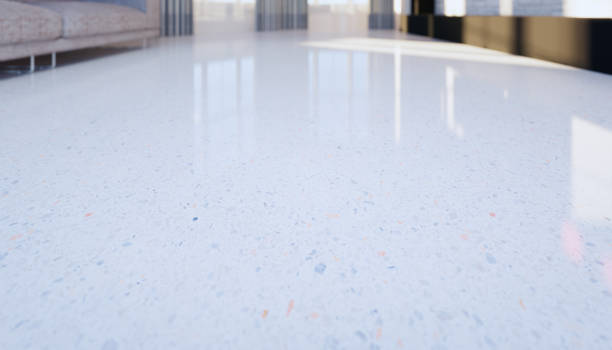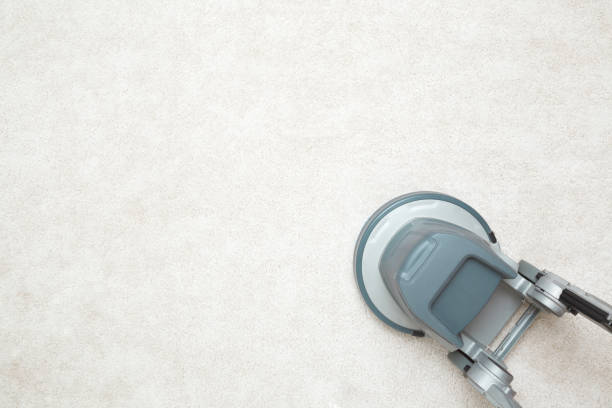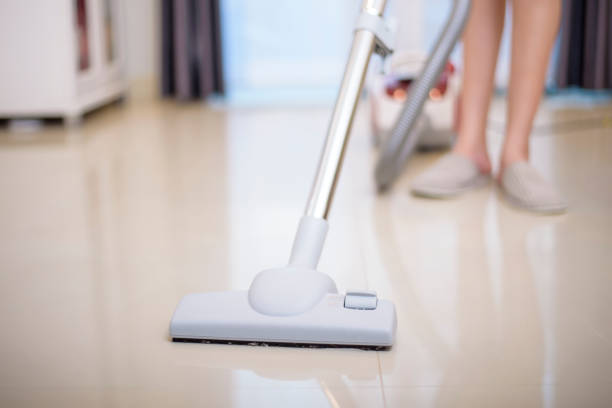The Art of Cleaning and Caring for Your Floors

Microcement flooring offers a sleek and contemporary option for modern interiors. Its seamless finish, durability, and versatility have made it a popular choice for homeowners and businesses alike. However, to ensure the longevity and beauty of microcement, proper maintenance and regular cleaning are essential.
Understanding Microcement Flooring
Exploring the Characteristics
Microcement flooring, a thin layer of cementitious material applied over existing surfaces, provides a seamless and stylish alternative to traditional flooring options. It boasts a high compressive strength and excellent resistance to abrasion, making it suitable for high-traffic areas.
Factors Influencing Maintenance Requirements
Several factors influence the maintenance needs of microcement floors. These include the level of foot traffic, exposure to moisture or sunlight, and the presence of pets or children in the space. Understanding these factors helps in implementing an effective maintenance routine.
Precautionary Measures
Preventing Damage to Microcement Floors
To maintain the pristine condition of microcement flooring, taking preventive measures is crucial. Place felt pads or furniture protectors under heavy objects to prevent scratching or indentations. Utilise mats or rugs in entryways to minimise dirt and debris from being tracked onto the floor.
Avoiding Abrasive Cleaning Tools or Chemicals
Microcement floors should be cleaned gently to avoid damaging the surface. Avoid using harsh chemicals, acidic or alkaline cleaners, and abrasive tools like steel wool. These can erode the protective layer and affect the aesthetics of the floor.
Regular Cleaning Routine

Establishing a Cleaning Schedule
Creating a regular cleaning schedule ensures that microcement floors remain free from dirt, dust, and grime. Depending on the foot traffic, a weekly or bi-weekly cleaning routine is generally recommended.
Recommended Cleaning Tools and Materials
For routine cleaning, a soft-bristle broom or a microfiber dust mop works well to remove loose particles. Alternatively, a vacuum cleaner with a soft brush attachment can also be used. Microfiber mops are ideal for damp mopping microcement floors.
Step-by-Step Cleaning Process
Dusting: Start by sweeping or vacuuming the floor to remove loose dirt and debris.
Damp Mopping: Dampen a microfiber mop with clean water and wring out excess moisture. Gently mop the microcement floor, moving in a back-and-forth motion. Avoid using excessive water to prevent seepage into the floor joints.
Drying: Allow the floor to air dry or use a clean, dry microfiber cloth to remove any remaining moisture.
Dealing with Spills and Stains

Quick Response to Spills
Microcement flooring is relatively resistant to stains, but prompt action is still necessary for spills. Wipe up spills immediately with a clean, damp cloth to prevent any potential staining.
Handling Common Household Stains
Food and Beverage Stains: For common food and beverage stains, mix a mild pH-neutral cleaner with water, apply it to the stained area, and gently scrub with a soft cloth or sponge.
Oil or Grease Stains: Absorb oil or grease stains with a dry cloth, then clean the area with a pH-neutral cleaner. Rinse thoroughly and dry.
Ink or Marker Stains: Dampen a cloth with rubbing alcohol and gently blot the stained area. Be careful not to rub excessively, as it may damage the microcement surface.
Rust Stains: Rust stains can be challenging to remove from microcement floors. It's advisable to consult a professional for specialised stain removal products and techniques.
Deep Cleaning Techniques
Periodic Deep Cleaning Requirements
In addition to regular maintenance, microcement floors benefit from periodic deep cleaning to remove stubborn dirt and grime. Deep cleaning is recommended every few months or as needed, depending on the level of dirt accumulation.
Suitable Cleaning Agents for Microcement Floors
When deep cleaning microcement floors, it's essential to use cleaning agents specifically formulated for this purpose. Look for pH-neutral, non-abrasive cleaners designed for use on cementitious surfaces.
Proper Dilution Ratios and Application Methods
Follow the manufacturer's instructions for the recommended dilution ratios of the cleaning solution. Apply the solution to the floor and scrub gently with a soft-bristle brush or a non-abrasive scrub pad. Rinse thoroughly with clean water and ensure the floor is completely dry before use.
Maintenance Tips for Longevity
Sealing and Resealing Recommendations
Microcement floors are typically sealed to enhance their durability and resistance to stains and moisture. Follow the manufacturer's recommendations for sealing and resealing intervals to maintain the protective layer and prolong the lifespan of the floor.
Managing High-Traffic Areas
High-traffic areas are more prone to wear and tear. Place door mats or rugs in these areas to reduce the direct impact on the microcement surface. Regularly clean and inspect these mats to prevent trapped dirt or moisture from affecting the floor.
Regular Inspection for Cracks or Damage
Periodically inspect the microcement floor for any signs of cracks, chips, or damage. Promptly address any issues by contacting a professional contractor or installer who specialises in microcement repairs. Early repairs can prevent further deterioration and maintain the integrity of the floor.
Proper maintenance and regular cleaning are essential to keep microcement floors looking their best. By following precautionary measures, establishing a cleaning routine, and promptly addressing spills or stains, you can preserve the beauty and durability of microcement flooring. With proper care, your microcement floor will continue to enhance your space for years to come.
Remember, maintaining microcement flooring doesn't have to be complicated. By incorporating these maintenance practices into your routine, you can enjoy the benefits of a beautiful and long-lasting microcement floor.
Post Your Ad Here
Comments